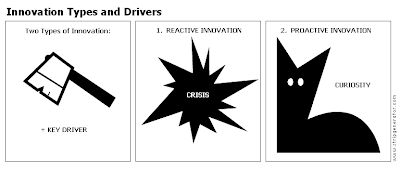Stealing ideas is good

Read any book or blog on innovation and you'll read stories of how people have lifted an idea from a non-related or similar industry and transferred it to another. You'll also read about how ideas are lifted from one geographical region and transferred to another. I came across this neat picture from Guy Kawasaki's Blog. The picture was taken on his recent trip to Kuala Lumpur, Malaysia. No more straining your neck to catch the eye of a busy waiter -- just press the button for service! This button system also has the advantage of reducing the chances of committing a cultural faux pas while visiting a foreign land, such as snapping your fingers, clapping loudly or shouting out, "Oi, you! Get your ass over here now."









